Home>Storage Ideas>Kitchen Storage>6 Lessons In Retro Style From A Smart, Mid-century Kitchen


Kitchen Storage
6 Lessons In Retro Style From A Smart, Mid-century Kitchen
Modified: January 19, 2024
Discover 6 invaluable lessons in retro style and efficient kitchen storage ideas from a smart mid-century kitchen. Enhance your culinary haven with innovative organization solutions.
(Many of the links in this article redirect to a specific reviewed product. Your purchase of these products through affiliate links helps to generate commission for Storables.com, at no extra cost. Learn more)
Introduction
Welcome to the world of kitchen storage ideas! In this article, we will take a deep dive into the world of kitchen storage, focusing on creative and efficient ways to organize your kitchen and maximize its functionality. Whether you have a small apartment kitchen or a spacious culinary haven, these kitchen storage ideas will help you make the most out of your space while maintaining a stylish and organized environment.
We understand that every kitchen is unique, and everyone has different needs when it comes to storage. That’s why we have compiled a comprehensive list of ideas that cater to a variety of kitchen sizes and styles. Whether you prefer a modern, minimalist look or a retro, vintage vibe, you’ll find inspiration and practical tips to transform your kitchen into a functional and visually stunning space.
Are you ready to explore the world of kitchen storage ideas? Let’s dive right in and discover how you can elevate your kitchen organization game!
Key Takeaways:
- Embrace bold colors, vintage appliances, and geometric patterns to infuse personality and charm into your kitchen. Mix and match materials, utilize open shelving, and pay attention to lighting design for a functional and visually stunning cooking space.
- Transform your kitchen into a haven of organization, beauty, and inspiration by incorporating creative storage solutions and personalized design elements. Infuse your unique style and personality to create a space you truly love.
Lesson 1: Embrace Bold Colors
If you want to add a touch of personality and vibrancy to your kitchen, don’t be afraid to embrace bold colors. Gone are the days when kitchens were limited to neutral tones and muted shades. Now, homeowners are taking a more daring approach by incorporating vibrant hues into their kitchen design.
When choosing bold colors for your kitchen, it’s important to find a balance between creating a visually striking space and maintaining harmony. Consider incorporating bold colors as accents or focal points rather than overwhelming the entire room. For example, you can paint your kitchen cabinets in a bold, eye-catching color like deep navy blue or fiery red, while keeping the rest of the kitchen in neutral tones like white or gray.
The use of bold colors can also extend to your kitchen accessories and decor. Consider adding colorful bar stools, a bright backsplash, or even a colorful mixer or toaster. These pops of color can instantly liven up your kitchen and create an inviting atmosphere.
Another great way to embrace bold colors in your kitchen is by using patterned tiles. Whether it’s a geometric design, floral pattern, or a playful mosaic, patterned tiles can add visual interest and personality to your kitchen. Consider using them as a backsplash or even on the floor to create a focal point in the room.
Remember, bold colors have the power to transform a mundane kitchen into a space that reflects your unique taste and style. So don’t be afraid to embrace them and let your creativity shine!
Lesson 2: Opt for Vintage Appliances
If you’re a fan of retro style and want to add a nostalgic charm to your kitchen, consider incorporating vintage appliances. Not only do they bring a touch of old-world elegance, but they also offer functionality and durability that stand the test of time.
One of the most iconic vintage appliances is the retro refrigerator. These appliances feature rounded edges, chrome accents, and vibrant colors that instantly transport you back in time. Not only are they visually appealing, but they also come with modern technology and energy-efficient features that make them practical for everyday use.
In addition to refrigerators, vintage-style stoves and ovens can also make a statement in your kitchen. Look for models with classic design elements like analog dials, large oven windows, and sturdy knobs. These appliances not only add character to your space but also provide reliable and efficient cooking capabilities.
Another vintage appliance worth considering is the stand mixer. These timeless pieces can be found in a variety of colors and designs, making them a stylish addition to any kitchen countertop. Not only are they great for mixing and baking, but they also serve as a decorative element that adds a retro touch to your kitchen decor.
When opting for vintage appliances, it’s important to ensure they are in good working condition and can meet your daily needs. Look for reputable sellers and consider getting any necessary repairs or maintenance done to ensure their longevity.
Remember, vintage appliances can add a unique charm and personality to your kitchen while offering reliable functionality. So, if you’re a fan of retro aesthetics, don’t hesitate to embrace them in your kitchen design.
Lesson 3: Incorporate Geometric Patterns
When it comes to adding visual interest and a modern touch to your kitchen, incorporating geometric patterns can be a game-changer. Whether you prefer bold and eye-catching patterns or subtle and understated designs, geometric patterns can instantly elevate the style and ambiance of your cooking space.
One way to incorporate geometric patterns is through the use of tiles. Consider opting for a geometric backsplash with hexagonal, herringbone, or chevron patterns. These patterns create a dynamic focal point in the kitchen that adds depth and dimension. You can also extend the use of geometric tiles to the floor, creating a cohesive and visually appealing look.
If you want to take the geometric pattern trend further, consider incorporating it into your kitchen cabinets. You can choose cabinet doors with geometric designs or even add geometric hardware to existing cabinets. This adds an unexpected and stylish twist to your overall kitchen aesthetic.
For those who prefer a more subtle approach, you can incorporate geometric patterns through kitchen textiles and accessories. Consider adding geometric print curtains, dish towels, or rugs to bring a touch of pattern into your space without overpowering it. These smaller accents can make a big impact and tie together the overall design theme.
Finally, don’t forget about lighting when incorporating geometric patterns. Pendant lights with geometric shapes or chandeliers with patterned shades can create a mesmerizing visual effect and add an element of intrigue to your kitchen.
Remember, geometric patterns are versatile and can be adapted to suit any kitchen style, whether it’s a contemporary, minimalist space or a more eclectic and bohemian vibe. So, get creative and have fun with the endless possibilities that geometric patterns offer!
When designing a mid-century kitchen, focus on clean lines, bold colors, and geometric patterns. Incorporate vintage appliances and furniture for an authentic retro look.
Lesson 4: Mix and Match Materials
One of the key elements in creating a visually appealing and unique kitchen design is the use of mixed materials. By incorporating a combination of different textures, colors, and finishes, you can create a kitchen that is both visually interesting and functional.
One way to mix and match materials is by incorporating a variety of countertop materials. Instead of sticking to a single material, consider combining different materials like quartz, granite, or butcher block. This not only adds visual interest but also provides different functional benefits. For example, you can use quartz for the main workspace and butcher block for a designated cutting area.
In addition to countertops, you can mix and match materials for your kitchen backsplash. Experiment with different tiles, such as glass, ceramic, or even metallic tiles, to create a unique focal point in your kitchen. You can also consider using a combination of tiles and alternative materials like reclaimed wood or stainless steel to add texture and visual interest.
Another way to mix materials is by incorporating different textures in your cabinetry. Consider combining smooth, glossy finishes with textured finishes like wood or rattan. This contrast adds depth and visual appeal to your kitchen design. You can also mix different cabinet hardware styles, such as combining sleek, modern handles with vintage-inspired knobs for a touch of eclectic charm.
When it comes to flooring, mixing materials can create a dynamic and visually stunning effect. Consider combining materials like hardwood, tile, or even concrete to define different zones or add visual interest to your kitchen. This can be particularly effective in open concept kitchens where you want to create distinct areas for cooking, dining, and entertaining.
By mixing and matching materials in your kitchen, you can create a space that is visually captivating and reflects your personal style. Experiment with different combinations and have fun exploring the endless possibilities!
Read more: What Is Mid Century Furniture
Lesson 5: Use Open Shelving for Display
If you’re looking to add both functionality and aesthetic appeal to your kitchen, consider incorporating open shelving. Open shelving not only provides easy access to your kitchen essentials but also creates an opportunity to showcase your most beautiful and cherished items.
One of the main advantages of open shelving is that it allows you to display your dishes, glassware, and cookware in a visually pleasing way. Instead of hiding them behind closed cabinet doors, you can present them as decorative elements that add character to your kitchen. Choose items that are attractive and in line with your kitchen’s overall style. For example, if you have a rustic farmhouse kitchen, display vintage mason jars or antique plates for a charming touch.
In addition to kitchenware, open shelves are also a great place to showcase your collection of cookbooks or decorative items like plants, artwork, or unique kitchen gadgets. This not only adds personality to your space but also makes it feel more inviting and lived-in.
When arranging your open shelves, consider creating a balanced and visually appealing display. Use a mix of heights, shapes, and colors to create visual interest. For example, you can stack plates vertically, display mugs on hooks, or arrange cutting boards and cookbooks in a staggered manner.
Keep in mind that open shelving requires regular organizing and cleaning to maintain a neat and clutter-free look. It’s important to have a system in place to keep items organized and easily accessible. Consider using decorative storage baskets or boxes to corral smaller items and maintain a cohesive aesthetic.
Open shelving offers a unique way to showcase your personal style while keeping essential items within reach. So, if you’re looking to add a touch of charm and functionality to your kitchen, consider incorporating open shelves for beautiful and practical display.
Lesson 6: Pay Attention to Lighting Design
When it comes to creating a well-designed and functional kitchen, lighting plays a crucial role. Not only does it provide the necessary illumination for cooking and prepping, but it also sets the mood and enhances the overall aesthetic appeal of the space. Here are some key considerations for lighting design in your kitchen.
First and foremost, prioritize task lighting. Task lighting is essential for ensuring proper visibility and functionality in key areas of your kitchen, such as the countertop, stove, and sink. Install under-cabinet lighting to illuminate the workspace and eliminate shadows. Pendant lights or track lighting above the stove can provide focused lighting for cooking. Additionally, consider installing adjustable lighting fixtures to accommodate different tasks and preferences.
In addition to task lighting, incorporate ambient lighting to create a warm and inviting atmosphere. Ambient lighting serves as the overall lighting for the entire space and helps to set the mood. This can be achieved through the use of recessed lighting, chandeliers, or flush-mount fixtures on the ceiling. Consider dimmer switches to control the intensity of the ambient lighting and create a cozy ambiance for dining or entertaining.
To add a touch of style and visual interest, don’t forget about accent lighting. Accent lighting can be used to highlight specific features or areas in your kitchen, such as a beautiful backsplash, a decorative range hood, or open shelving. Use recessed spotlights, track lighting, or strip lights to draw attention to these elements and create focal points.
When designing the lighting layout, take into account the natural light sources in your kitchen. Consider the placement of windows and how they affect the overall lighting throughout the day. Utilize blinds or curtains to control the amount of natural light and create a comfortable environment.
Lastly, pay attention to the style and design of the lighting fixtures themselves. Consider the overall aesthetic of your kitchen and choose lighting fixtures that complement the style. Whether you prefer modern and sleek, vintage and ornate, or minimalist and industrial, there are endless options to choose from that can enhance the overall look of your kitchen.
By carefully considering the lighting design in your kitchen, you can create a space that is not only functional but also visually appealing. Proper task lighting, ambient lighting, and accent lighting will work together to create a well-lit and inviting atmosphere for all your kitchen activities.
Conclusion
By incorporating these six lessons in your kitchen storage and design, you can transform your cooking space into a functional and visually stunning environment. Embracing bold colors, opting for vintage appliances, incorporating geometric patterns, mixing and matching materials, using open shelving for display, and paying attention to lighting design are all effective ways to enhance the functionality and aesthetics of your kitchen.
When it comes to storage ideas, it’s important to find creative solutions that cater to your specific needs and kitchen size. From utilizing wall space and maximizing cabinet space to incorporating organizational tools and clever storage solutions, there are numerous ways to optimize your kitchen storage.
Remember to infuse your own personal style and flair into your kitchen design. Whether you prefer a modern, sleek look or a retro, vintage vibe, find elements that reflect your personality and create a space that you truly love.
Lastly, consider your kitchen as more than just a practical cooking space. It is a place where memories are made, meals are shared, and creativity flourishes. So, let your kitchen storage ideas come to life and create a space that is not only functional but also a reflection of your style and personality.
With a little creativity and attention to detail, you can transform your kitchen into a haven of organization, beauty, and inspiration. So, roll up your sleeves and get ready to embark on a kitchen storage and design journey that will elevate your culinary experience to new heights!
Frequently Asked Questions about 6 Lessons In Retro Style From A Smart, Mid-century Kitchen
Was this page helpful?
At Storables.com, we guarantee accurate and reliable information. Our content, validated by Expert Board Contributors, is crafted following stringent Editorial Policies. We're committed to providing you with well-researched, expert-backed insights for all your informational needs.
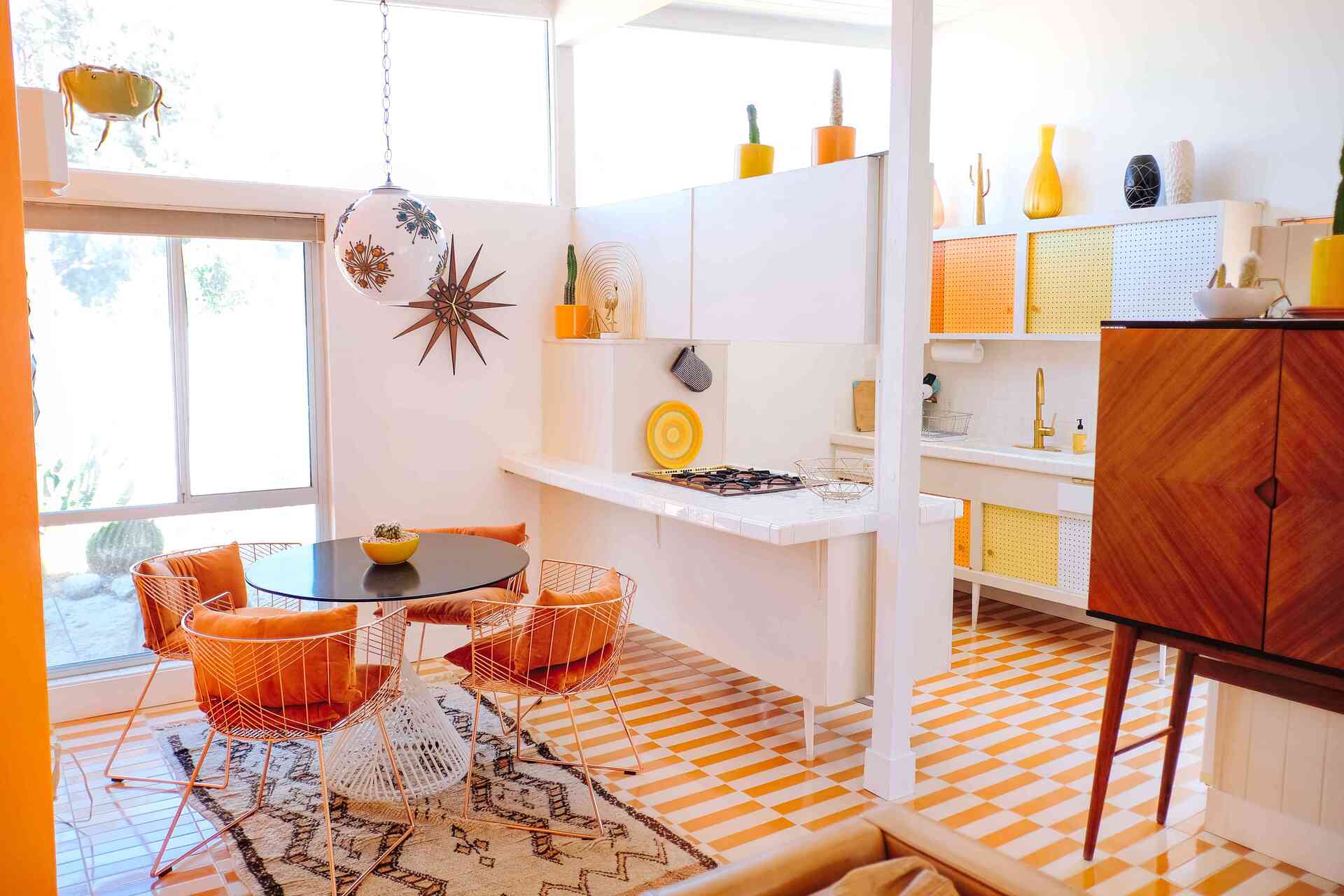
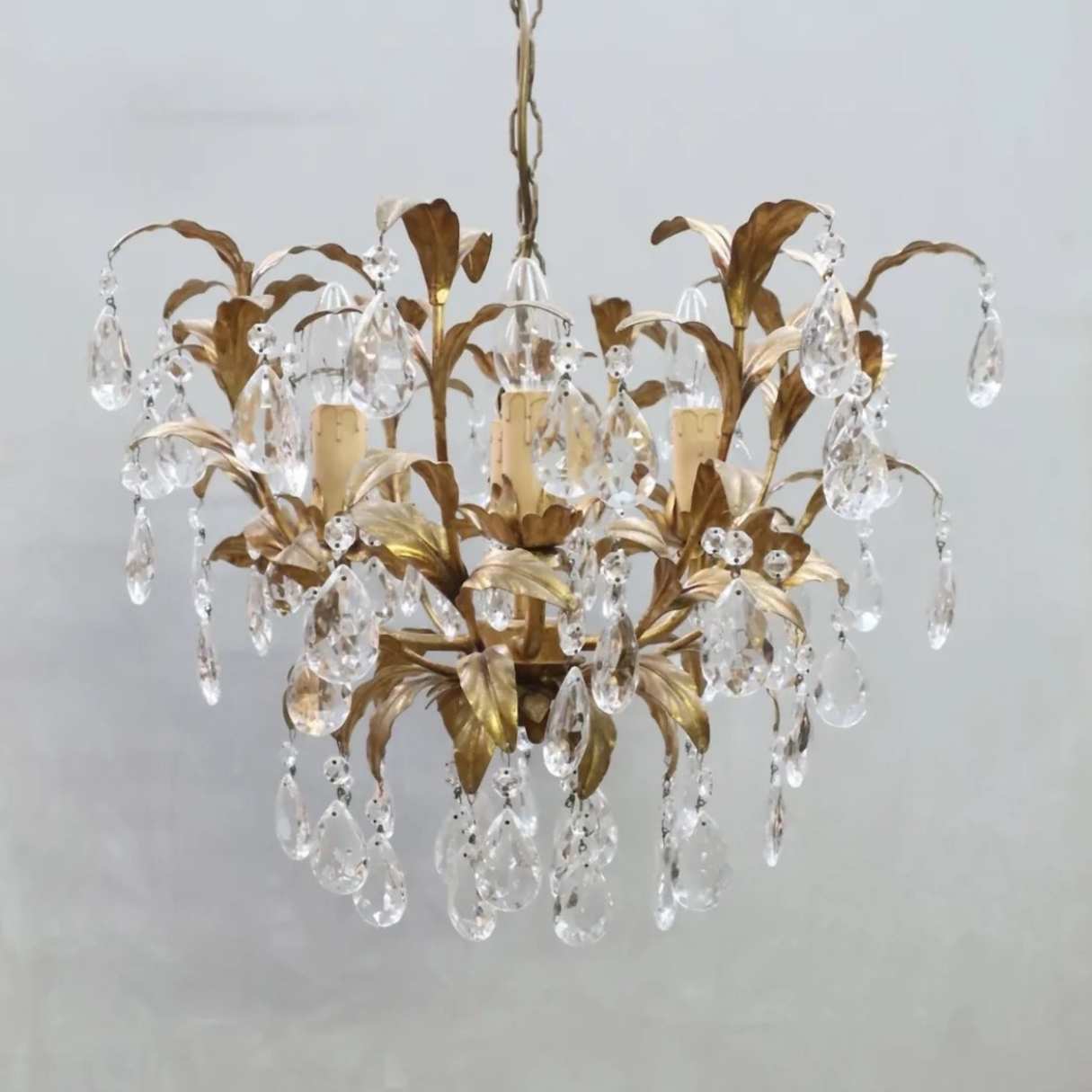
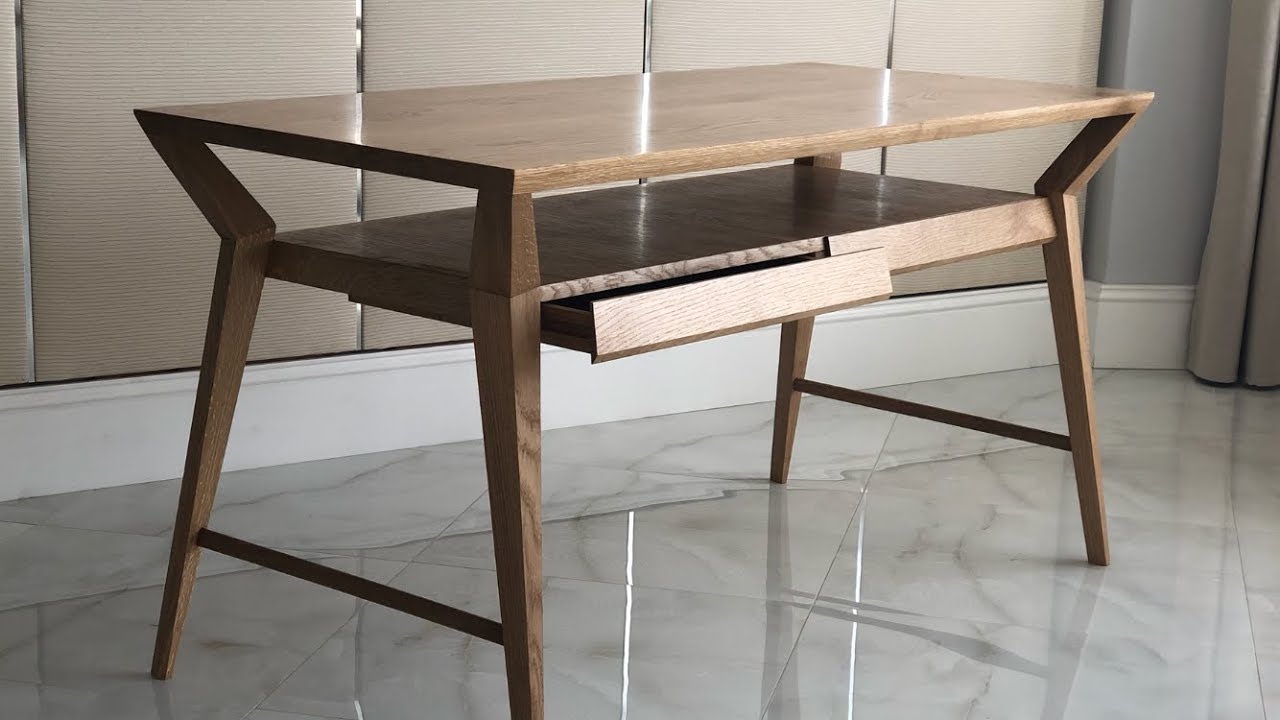
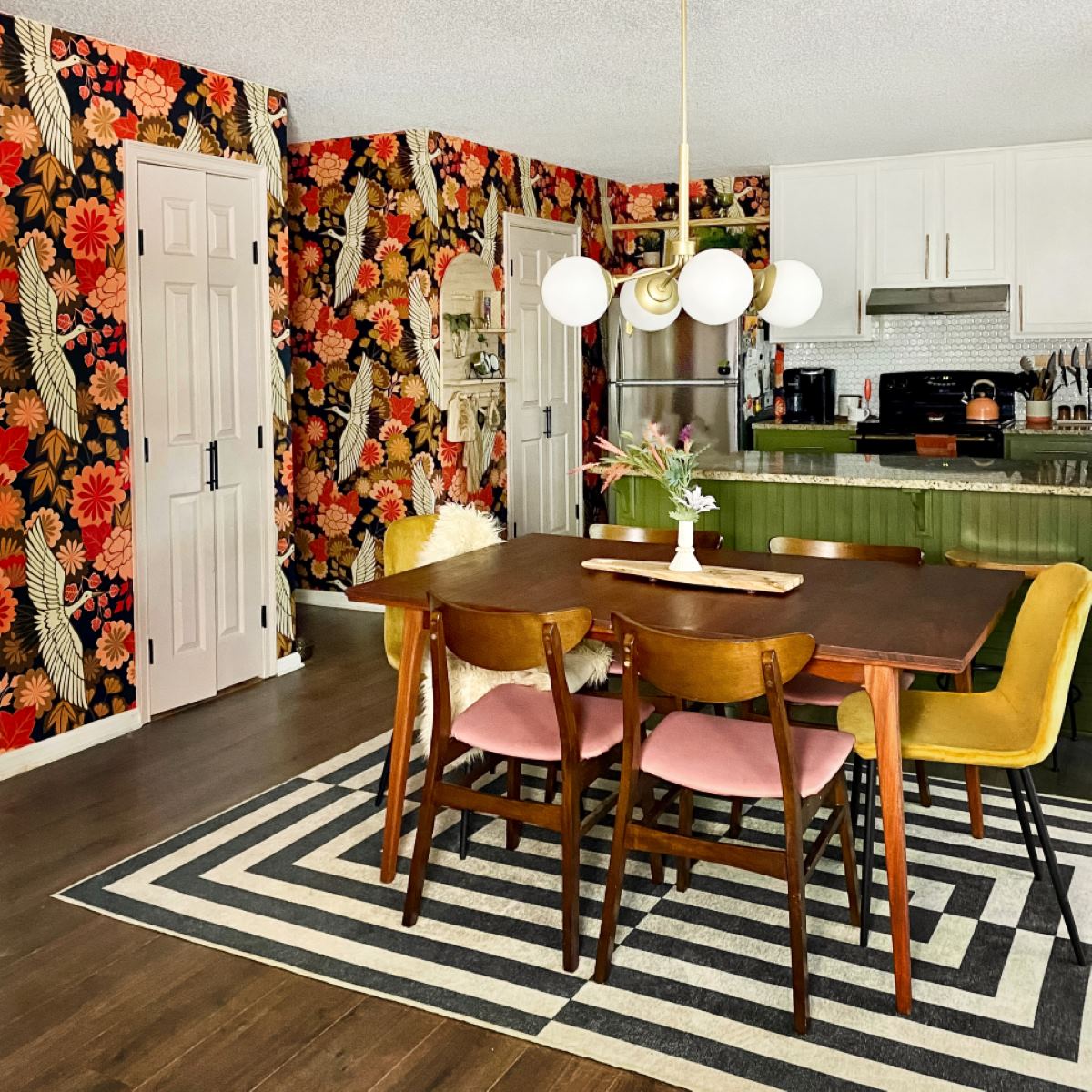
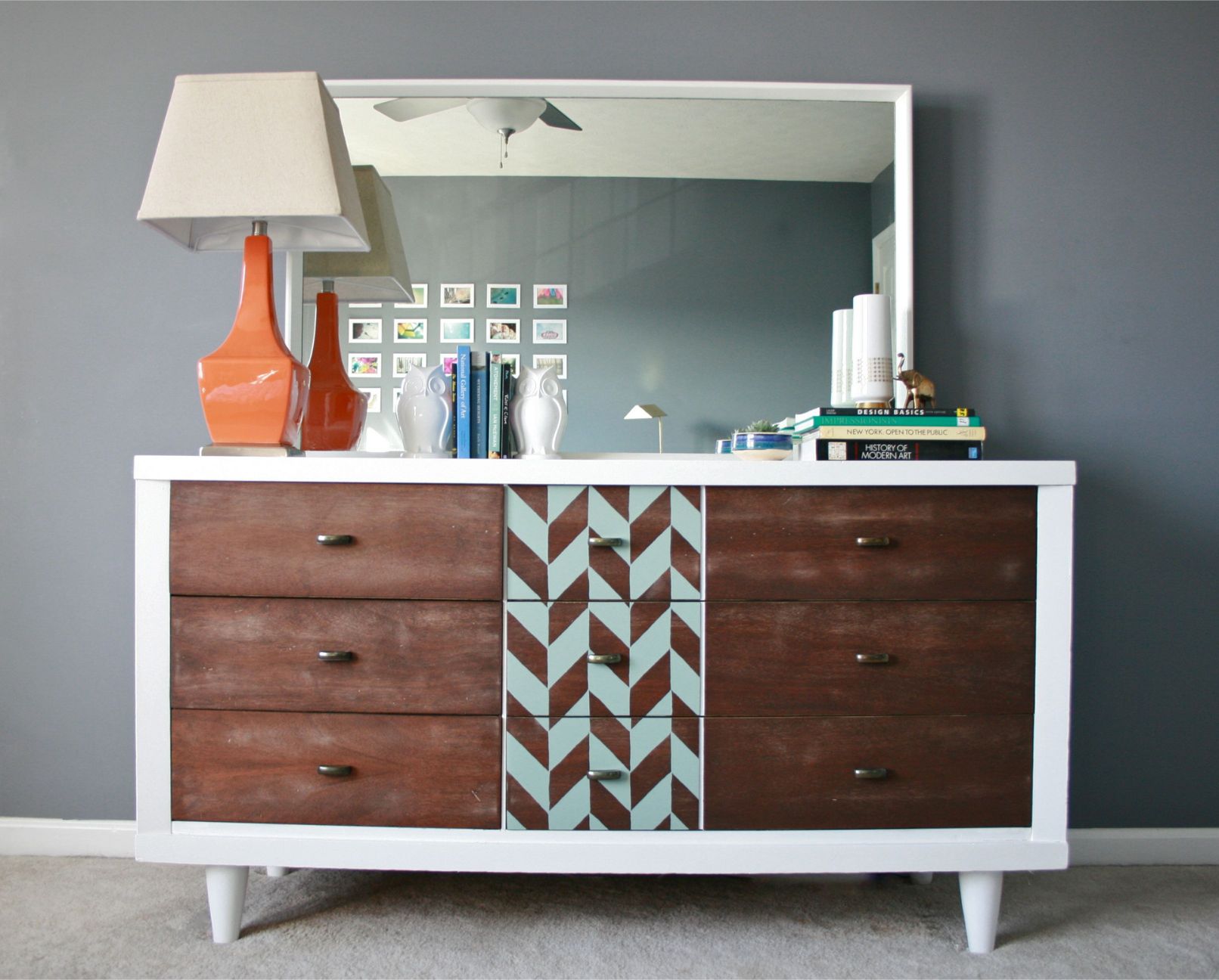
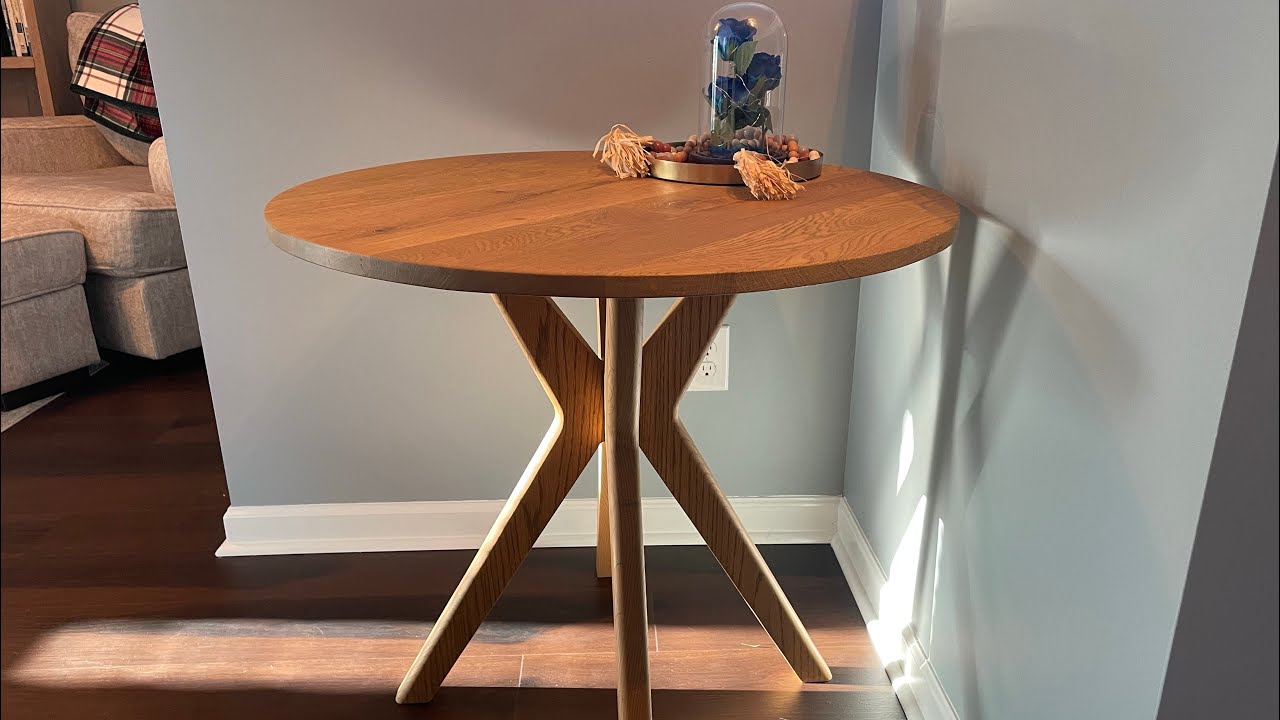
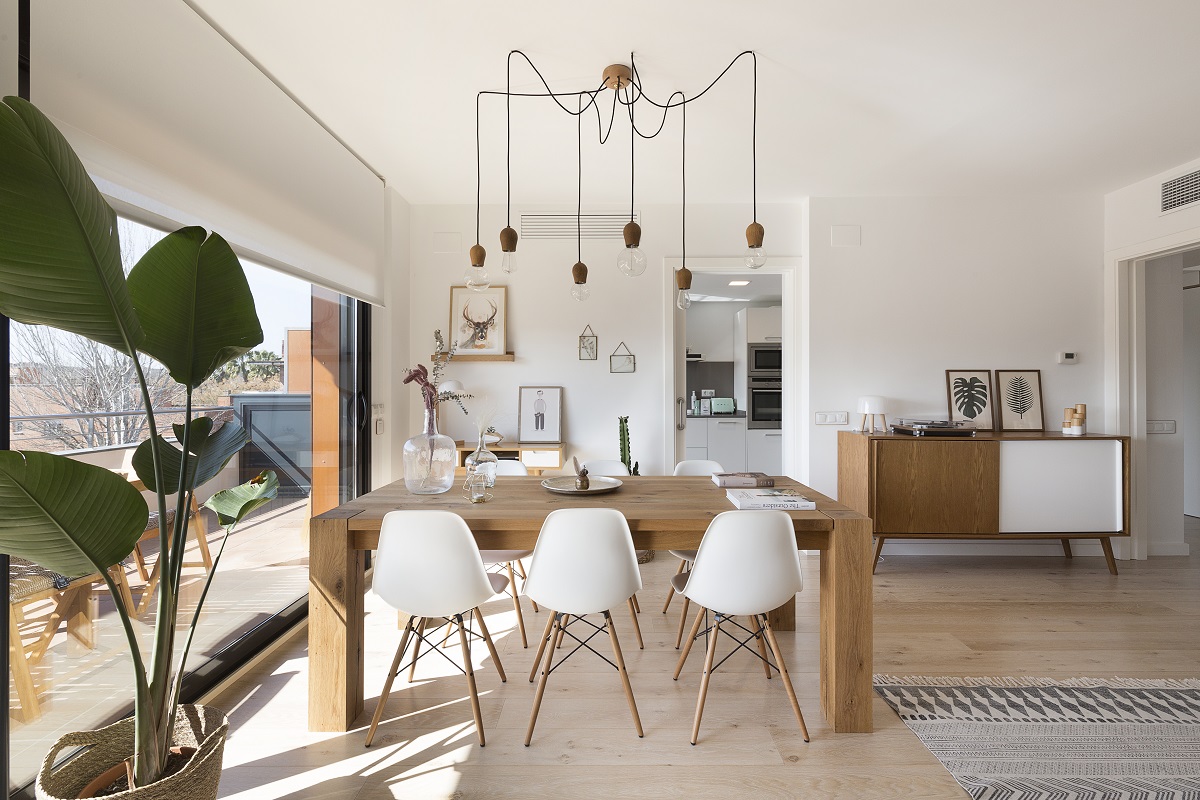
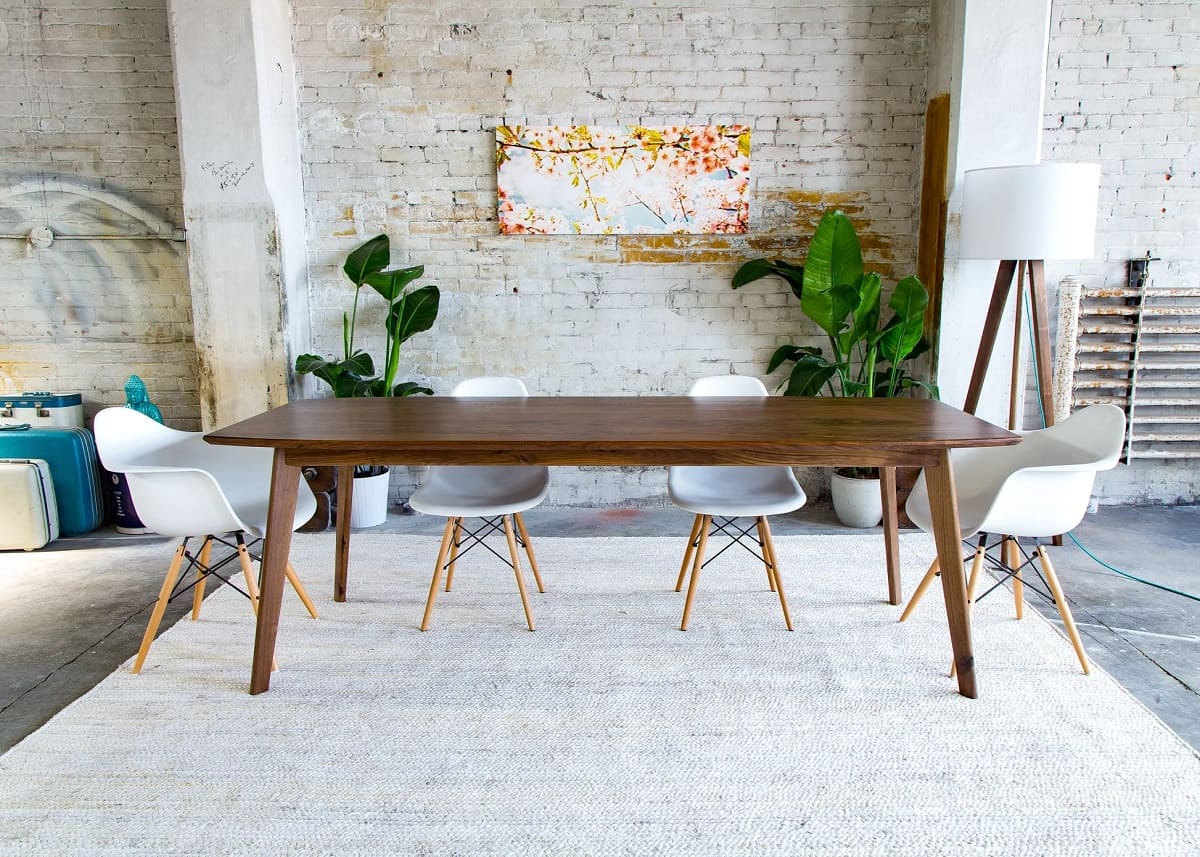
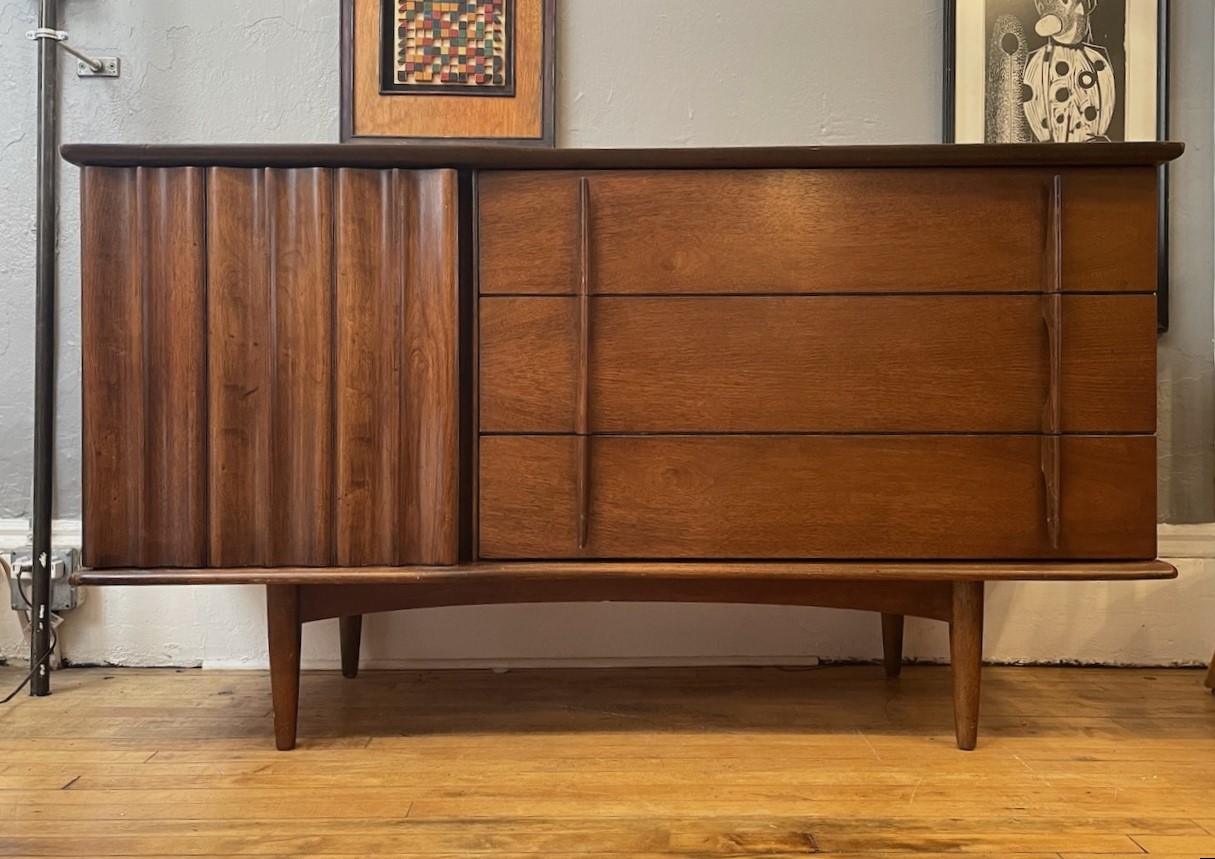
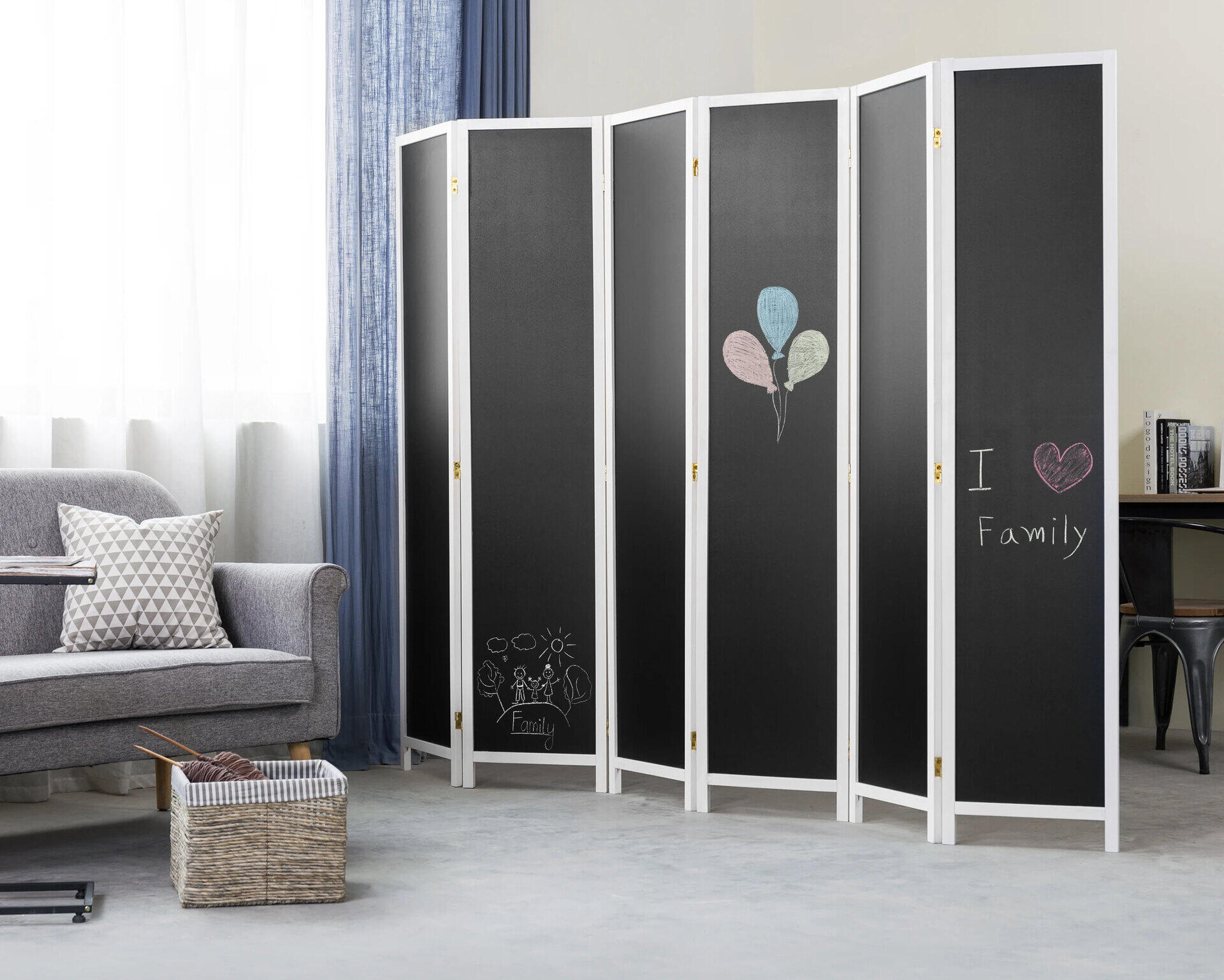
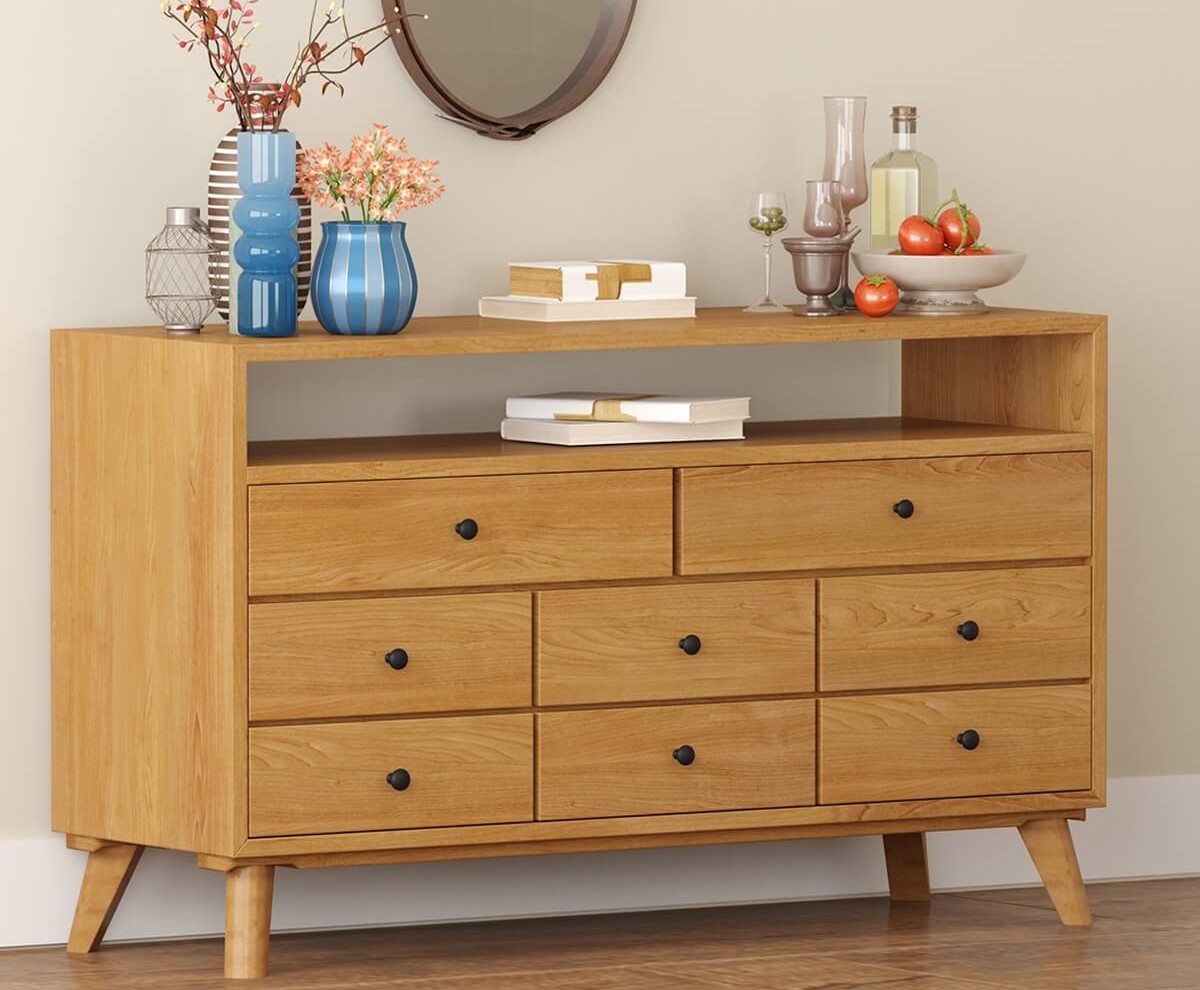
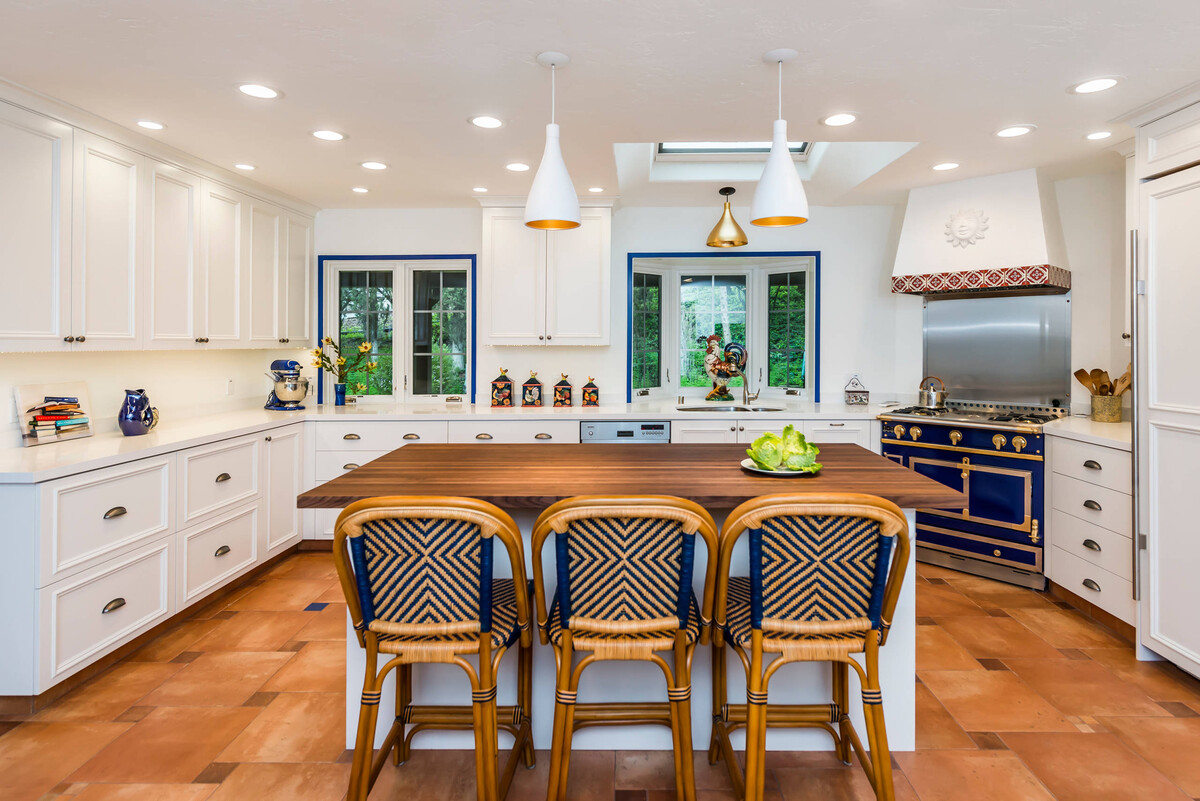
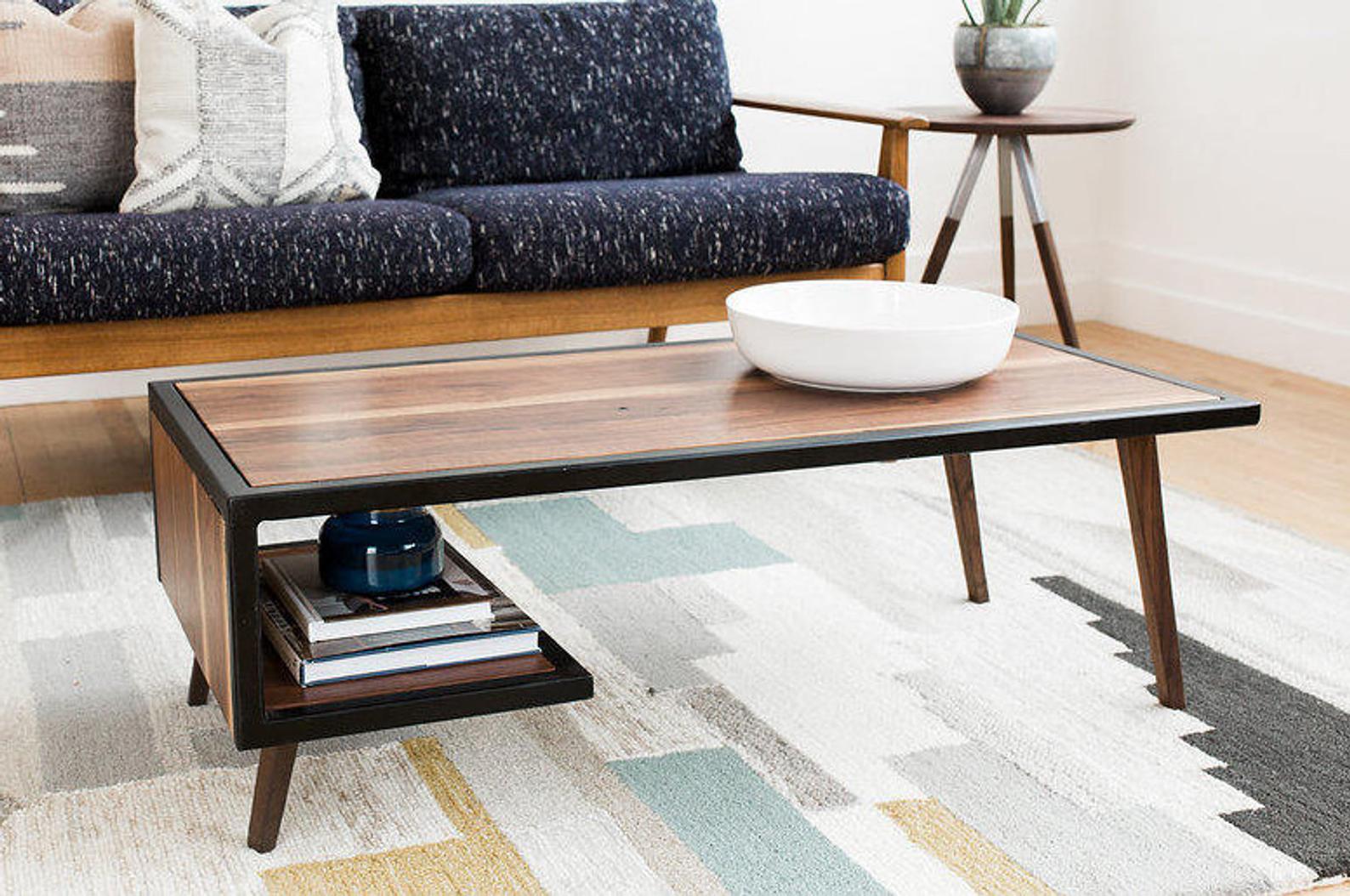
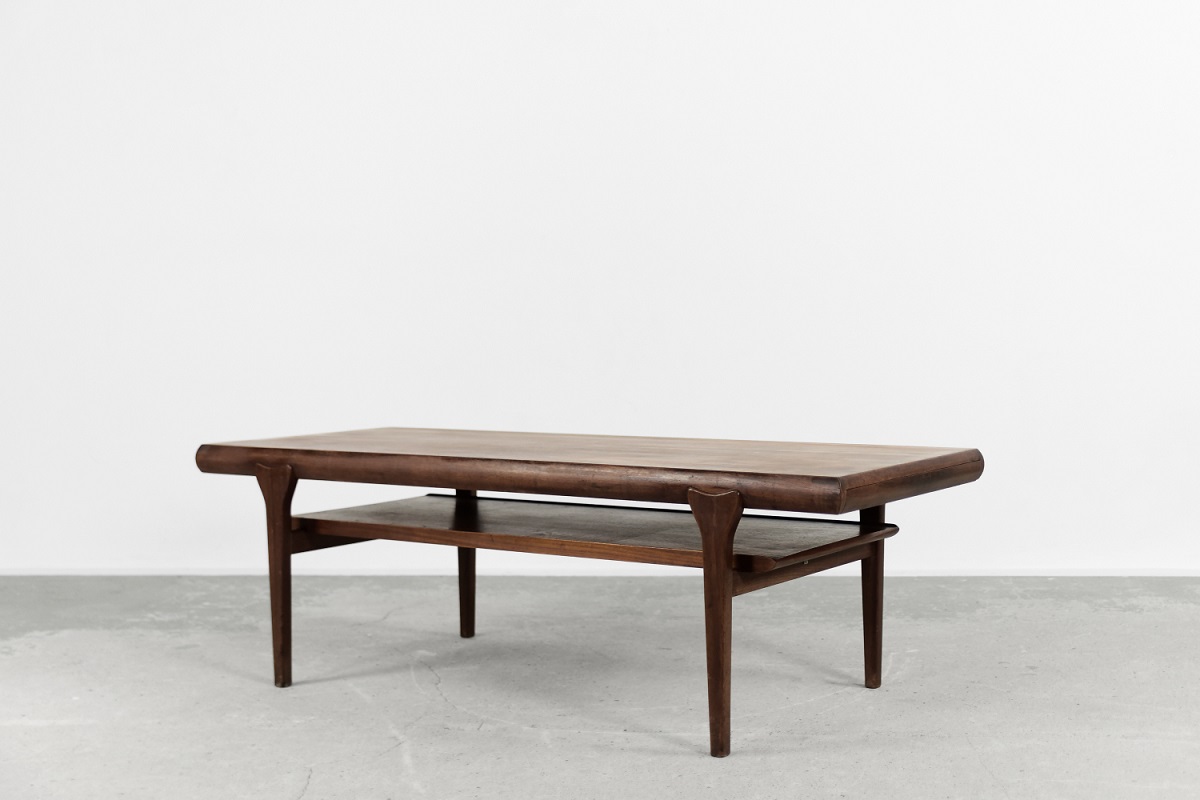

0 thoughts on “6 Lessons In Retro Style From A Smart, Mid-century Kitchen”